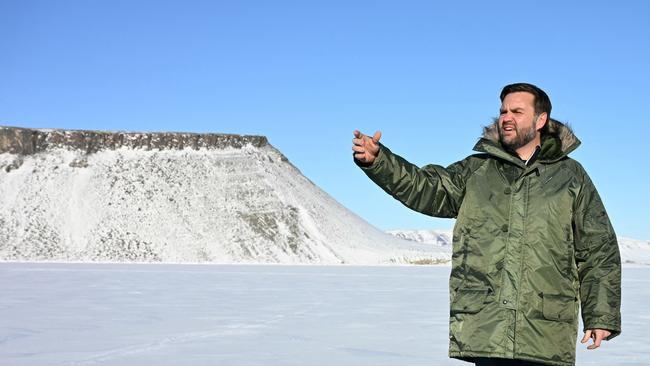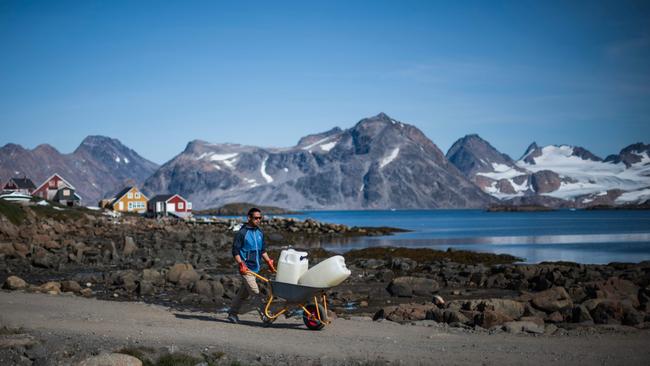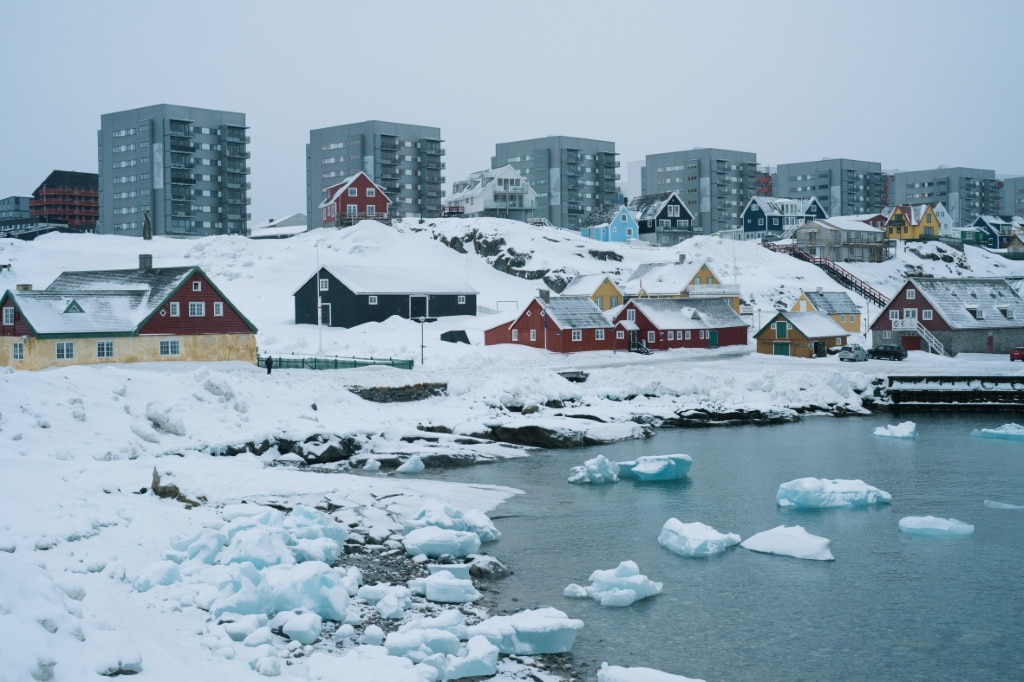US orders intelligence agencies to step up spying on Greenland
Effort underscores seriousness of Trump’s intent to acquire the island from Denmark.

The U.S. is stepping up its intelligence-gathering efforts regarding Greenland, drawing America’s spying apparatus into President Trump’s campaign to take over the island, according to two people familiar with the effort.
Several high-ranking officials under Director of National Intelligence Tulsi Gabbard issued a “collection emphasis message” to intelligence-agency heads last week. They were directed to learn more about Greenland’s independence movement and attitudes on American resource extraction on the island.
The classified message asked agencies, whose tools include surveillance satellites, communications intercepts and spies on the ground, to identify people in Greenland and Denmark who support U.S. objectives for the island.
The directive is one of the first concrete steps Trump’s administration has taken toward fulfilling the president’s often-stated desire to acquire Greenland.

A collection-emphasis message helps set intelligence-agency priorities, directing resources and attention to high-interest targets. The Greenland order, which went to agencies including the Central Intelligence Agency, the Defense Intelligence Agency and the National Security Agency, underscores the administration’s apparent commitment to seek control of the self-governing island. It forms part of the Kingdom of Denmark, a North Atlantic Treaty Organization member and a decadeslong ally.
James Hewitt, a National Security Council spokesman, said the White House doesn’t comment on intelligence matters, but added, “The president has been very clear that the U.S. is concerned about the security of Greenland and the Arctic.” In a statement, Gabbard said: “The Wall Street Journal should be ashamed of aiding deep state actors who seek to undermine the President by politicizing and leaking classified information. They are breaking the law and undermining our nation’s security and democracy.” The Danish Embassy in Washington declined to comment, and the prime minister of Greenland didn’t immediately respond to a request for comment.

The Arctic island of some 56,000 people hasn’t historically been a key target for U.S. intelligence collection, according to a former American intelligence official and a former senior intelligence officer focused on Europe.
“Intelligence collection resources are inherently limited,” the former intelligence official said, meaning they have typically been pointed toward “perceived threats, not allied countries.” Since his first term, Trump has emphasized his determination to purchase, annex or conquer Greenland’s 836,000 square miles of territory -- to the consternation of Denmark and many Greenlanders.
“We need Greenland for national security and even international security, and we’re working with everybody involved to try and get it,” Trump said in a joint address to Congress in March. “One way or the other, we’re going to get it.” Vice President JD Vance, then-National Security Adviser Mike Waltz and Energy Secretary Chris Wright traveled to Greenland in late March, sparking outrage from Danish leaders and Greenlandic residents.

The visit puts “completely unacceptable pressure on Greenland, Greenlandic politicians and the Greenlandic population,” as well as on Denmark, Danish Prime Minister Mette Frederiksen told Danish television in advance of the delegation.
“President Trump is serious,” she said. “He wants Greenland.” Asked by NBC News in an interview that aired Sunday whether he would rule out seizing Greenland by force, Trump demurred.
“I don’t rule it out,” he said. “I don’t say I’m going to do it, but I don’t rule out anything. No, not there. We need Greenland very badly. Greenland is a very small amount of people, which we’ll take care of, and we’ll cherish them, and all of that. But we need that for international security.” The island is home to substantial deposits of rare-earth minerals necessary for the production of everything from electric vehicles to wind turbines, as well as untapped oil and natural-gas reserves. Mining those underground assets has proven logistically difficult.
The Wall Street Journal





